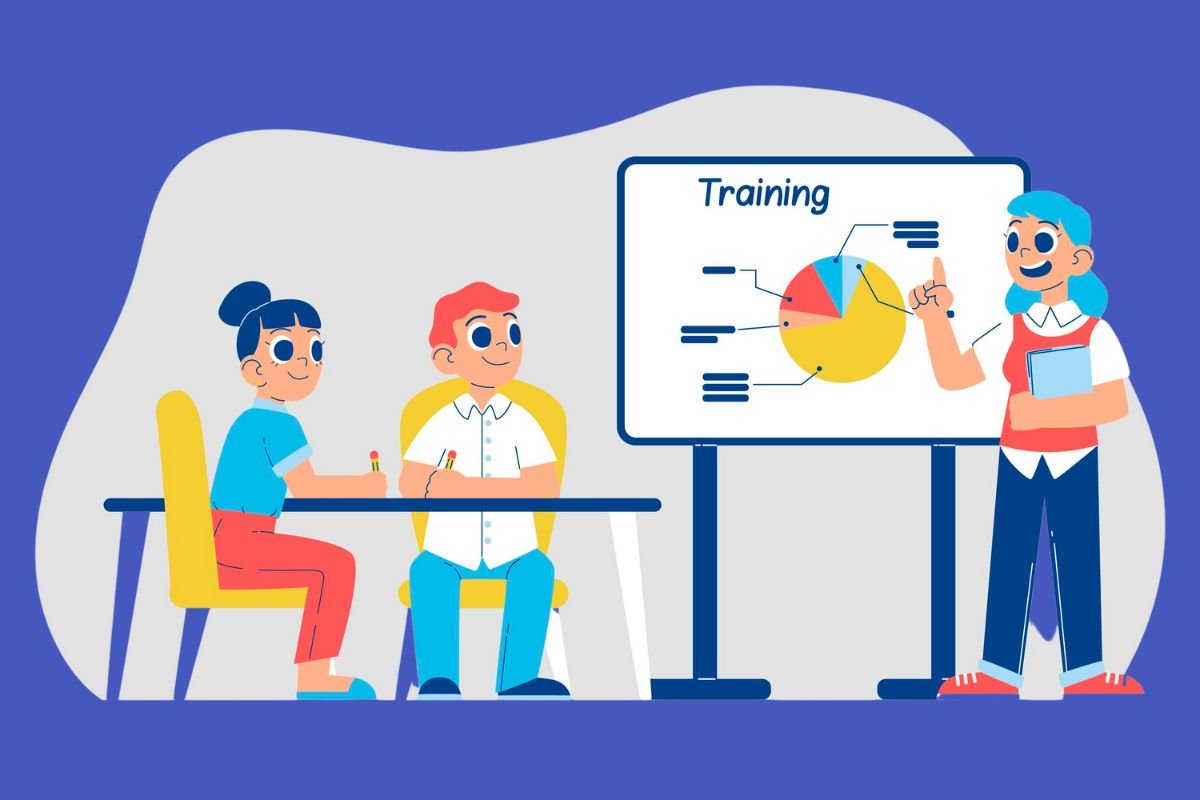Natural Language Processing: Techniques for Processing and Analyzing Text Data
Course content
Week 1: Introduction to NLP and Text Preprocessing
What is NLP and its applications
Text preprocessing techniques (tokenization, stop word removal, stemming/lemmatization, etc.)
Basic text visualization techniques (word clouds, bar charts, etc.)
Lab: Preprocessing and visualizing text data using Python libraries such as NLTK and Matplotlib
Week 2: Sentiment Analysis and Text Classification
Week 3: Named Entity Recognition and Topic Modeling
Week 4: Advanced NLP Techniques and Applications
About Course
Natural Language Processing (NLP) is a subfield of Artificial Intelligence (AI) that deals with the interaction between human language and computers. NLP focuses on teaching machines to understand, interpret, and generate human language.
NLP techniques can be used for processing and analyzing text data in various applications such as sentiment analysis, text classification, machine translation, named entity recognition, speech recognition, and chatbot development.
Some popular techniques for processing and analyzing text data in NLP include:
- Tokenization: Breaking text into words or phrases (tokens) to facilitate further analysis.
- Part-of-speech (POS) tagging: Identifying the part of speech (noun, verb, adjective, etc.) of each word in a sentence.
- Named entity recognition (NER): Identifying and categorizing named entities in text, such as people, organizations, and locations.
- Sentiment analysis: Determining the sentiment or emotion expressed in a piece of text, often using machine learning algorithms.
- Topic modeling: Identifying the topics present in a corpus of text, often using techniques such as Latent Dirichlet Allocation (LDA).
- Dependency parsing: Analyzing the grammatical structure of a sentence to identify the relationships between words.
- Machine translation: Converting text from one language to another, often using statistical or neural machine translation techniques.
- Text summarization: Condensing a large amount of text into a shorter summary, often using techniques such as extractive or abstractive summarization.
NLP techniques can be applied to various domains such as healthcare, finance, customer service, and social media analysis. As more data becomes available, NLP techniques are expected to play an increasingly important role in enabling machines to understand human language and assist in various tasks.
Instructor
Student Ratings & Reviews






























